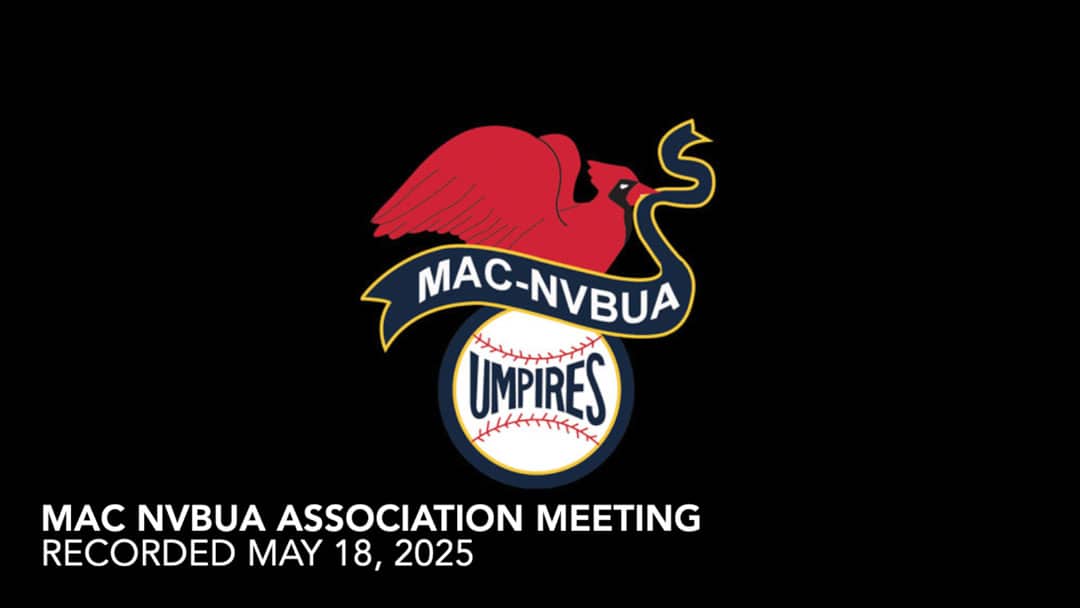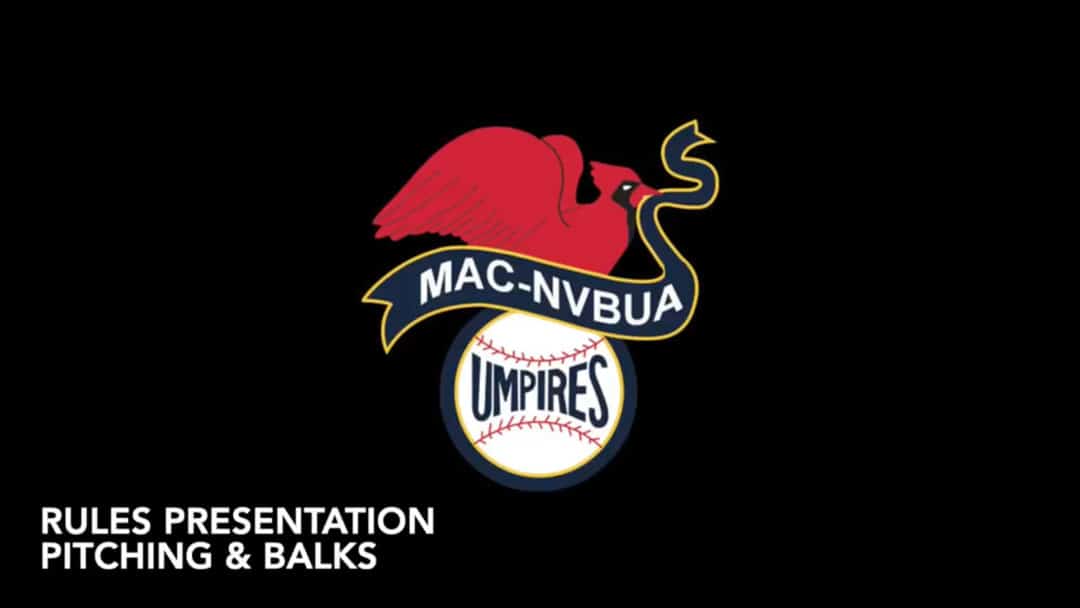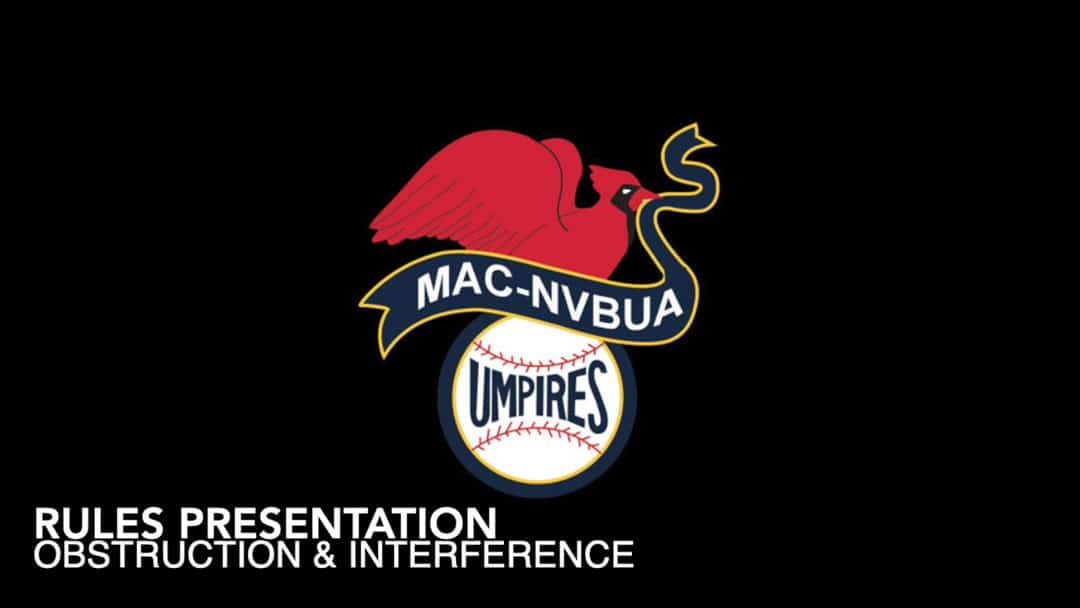Rules Review: Designated Hitters and Courtesy Runners
by Vin Vena
There are a number of different cases regarding the DH available for the starting lineup. The easiest case is if no DH is used. If this is the case (as indicated on that team’s lineup card presented to the umpires at the plate meeting) then no DH may be used at any time for that game for that team. A DH can bat for any player. If used this way, the two players are tied together in the batting order.
Basically, two players share 1 spot in the order. These two players can never be playing in the field at the same time for this game. If the DH enters the game defensively, the role of the DH has ended for that team for the rest of the game. Another case is to have any starting defensive player also serve as a DH. This creates a player/DH. If the pitcher or catcher is used this way, they do not receive any courtesy runners while in this role.
If a team uses a player/DH, a defensive player can substitute for the player and the original DH still bats. The defensive replacement would not bat. The original player/DH has one re-entry if the substitution was defensively. If a new DH is used, in the player/DH case, the role of the DH has ended. I once had a coach tell me that “the new player/DH rule means that I can bat 10 players.” This is not the case, do not allow this for a public school scholastic game.
Another topic that creates some confusion at times is the courtesy runner rule. Courtesy runners are for pitchers or catchers only. The courtesy runner can not run for both the pitcher and the catcher in the same game. Once a player has run for one of these, do not allow the same player to run for the other one. The courtesy runner has to be a player who has not participated in the game in any one capacity.
The courtesy runner can be used anytime the pitcher or the catcher are on base; there does not have to be two outs. Because they are courtesy runners and not substitutes, their use does not require the pitcher or the catcher to leave the game. One easy way to clear up some of the confusion with subs and courtesy runners is for the plate umpire to record all of these on the lineup cards.
Table of Contents
Issue #10 – June 9, 2025
Letters to the editors welcome at [email protected]

MACNV Association Meeting: May 18, 2025
Replay of the MAC-NV Association Meeting via Zoom on Sunday, May 18, 2025

Rules Presentation: Pitching
Rules Presentation on NFHS Pitching Rules pre-recorded by Greg McEvoy in May, 2025.

Rules Presentation: Obstruction & Interference
Replay of the Rules Presentation on Obstruction & Interference by Greg McEvoy held via Zoom on Sunday, April 27, 2025.